Home>Garden Essentials>How To Dry Marigold Flowers For Seeds
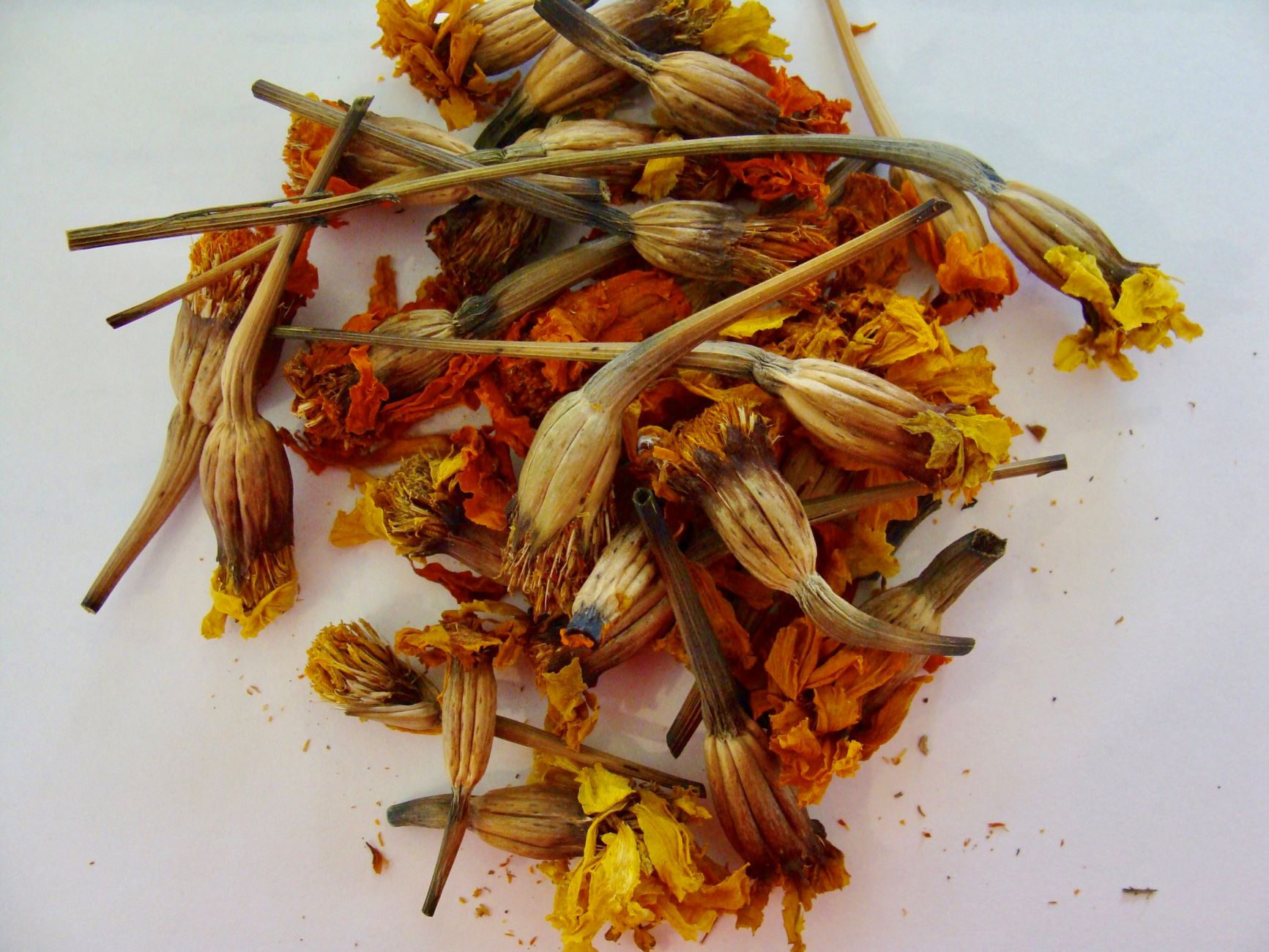

Garden Essentials
How To Dry Marigold Flowers For Seeds
Modified: March 16, 2024
Learn how to dry marigold flowers for seeds in your garden and ensure a successful harvest. Get expert tips and tricks for preserving marigold seeds effectively.
(Many of the links in this article redirect to a specific reviewed product. Your purchase of these products through affiliate links helps to generate commission for Storables.com, at no extra cost. Learn more)
Introduction
Marigold flowers are not just beautiful additions to a garden; they also produce seeds that can be harvested and saved for future planting. Drying marigold flowers for seeds not only extends the life of these vibrant blossoms but also allows you to gather seeds for sowing in the next growing season. Whether you have grown marigolds in your own garden or have received a bouquet as a gift, drying the flowers can be a rewarding and practical way to preserve their beauty and ensure a bountiful harvest of seeds.
Dried marigold seeds can be stored and used in various ways, including for replanting, making DIY potpourri, or even as an addition to homemade herbal teas. Learning how to properly dry and store marigold flowers for seeds is essential to maintain the quality and viability of the seeds. In this article, we will guide you through the steps to effectively and efficiently dry marigold flowers, allowing you to save seeds for future use.
So, let’s embark on this marigold seed-saving adventure and discover how to dry marigold flowers for seeds. Whether you have marigolds in your garden or simply want to preserve a bouquet, you can ensure that their vibrant colors and enchanting aroma will continue to bring joy for seasons to come. Let’s get started!
Key Takeaways:
- Harvest marigold flowers when fully bloomed and free from damage. Dry them upside down in a well-ventilated area for 2-4 weeks to preserve their vibrant colors and fragrance.
- Use silica gel for faster drying or air drying for a traditional approach. Store dried marigold seeds in labeled, airtight containers in a cool, dry place for future planting.
Read more: How To Get Marigold Seeds From Flowers
Step 1: Harvesting Marigold Flowers
Before you can begin the process of drying marigold flowers for seeds, you need to harvest the flowers at the right time. Marigold flowers should be picked when they are fully mature and have reached their peak beauty. Here’s how you can harvest marigold flowers for seed drying:
1. Choose the Right Time: Wait until the morning dew has dried off the flowers before harvesting. This ensures that the flowers are dry and less prone to mold during the drying process.
2. Select Healthy Flowers: Look for marigold flowers that are vibrant, fully bloomed, and free from any signs of disease or pest damage. Healthy flowers will produce high-quality seeds.
3. Prepare for Harvest: Keep a pair of clean and sterilized garden scissors or pruners handy. This will help ensure a clean cut, minimizing damage to the flowers.
4. Cut the Flowers: Locate the stem where the flower meets the main stem or branch. With a quick and clean snip, cut the flower just above this point. Avoid pulling or tearing the flowers, as this can damage the stem and reduce the quality of the seeds.
5. Leave Some Blooms Behind: To ensure the health and growth of the plant, leave a few flowers on the plant for pollination and seed production. This will allow the marigolds to continue to thrive and provide more flowers for future harvesting.
6. Remove Excess Foliage: Once you have harvested the marigold flowers, carefully remove any excess foliage or leaves from the stems. This will help improve airflow around the flowers during the drying process.
Remember, the freshness and quality of the marigold flowers at the time of harvest will directly impact the viability and success of the dried seeds. By choosing the right time and properly harvesting the flowers, you set yourself up for a successful seed-drying process. Now it’s time to move on to the next step: preparing the flowers for drying.
Step 2: Preparing the Flowers for Drying
Once you have harvested the marigold flowers, it’s important to prepare them properly before beginning the drying process. Proper preparation ensures that the flowers dry evenly and retain their color and fragrance. Follow these steps to prepare your marigold flowers for drying:
1. Remove Excess Moisture: Gently shake the harvested flowers to remove any excess moisture from rain, dew, or irrigation. Avoid using water to rinse the flowers, as this can introduce moisture and prolong the drying process.
2. Inspect for Damage: Carefully examine each flower for any signs of damage or disease. Remove any petals or parts that show discoloration, mold, or signs of pests. This will prevent the spread of diseases and ensure that only healthy flowers are dried.
3. Group in Small Bunches: Gather a small number of flowers together and tie them with a string or a rubber band. The ideal size for each bunch is about 6 to 8 flowers. This allows for proper airflow during the drying process and prevents overcrowding.
4. Label the Bunches: It’s important to label each bunch of flowers with the variety or color of marigold. This will help you identify the dried flowers and seeds later on, especially if you are drying different types of marigolds in the same batch.
5. Remove Excess Stems: Trim the stems of the bunches to about 1-2 inches in length. This not only helps in managing the size of the bunches but also reduces the risk of molds or fungi developing in the excess stem area.
6. Hang the Bunches Upside Down: Find a dry and well-ventilated space to hang the bunches of marigold flowers upside down. You can use hooks, clothespins, or a drying rack to suspend the bunches. Make sure the space is free from excessive humidity or direct sunlight, as these can affect the quality of the dried flowers.
By following these steps, you will ensure that your marigold flowers are properly prepared for the drying process. Taking the time to inspect, group, label, and suspend the flowers will set the stage for successful drying, resulting in beautiful and aromatic dried marigold flowers and viable seeds. Now let’s move on to the next step: air drying the marigold flowers.
Step 3: Air Drying the Marigold Flowers
Air drying is one of the most common methods used to dry marigold flowers. This simple and natural process allows the flowers to gradually lose their moisture, preserving their color and fragrance. Here’s how you can air dry your marigold flowers:
1. Find the Perfect Location: Choose a well-ventilated and dry area to hang the bunches of marigold flowers. Avoid areas with high humidity, direct sunlight, or excessive heat, as these can affect the quality of the dried flowers.
2. Hang the Bunches: Take the labeled and prepared bunches of marigold flowers and hang them upside down from a hook or a drying rack. Ensure that the flowers are not touching each other, allowing for proper airflow.
3. Check for Dryness: Depending on the environmental conditions, the drying process can take anywhere from 2 to 4 weeks. Regularly check the flowers for dryness by gently touching the petals. If they feel crisp and brittle, they are ready for the next step. If they still feel slightly moist or flexible, allow them more time to dry.
4. Remove Dried Flowers: Once the marigold flowers are completely dried, carefully remove them from the bunches. Gently separate the petals from the stems and discard any unwanted parts. Inspect the dried flowers to ensure they are free from moisture or signs of mold.
5. Store in a Dry Container: Transfer the dried marigold flowers to airtight containers or small resealable bags. Make sure the containers are completely dry to prevent any moisture from seeping in. Label the containers with the variety and date of drying to keep track of the flowers.
Air drying marigold flowers is a traditional and effective method that preserves their vibrant colors and fragrance. The slow drying process helps retain the shape and integrity of the flowers while ensuring that the seeds inside are adequately dried for storage. Once the flowers are thoroughly dried, you can move on to the next step: drying marigold flowers with silica gel, which provides quicker results.
After harvesting marigold flowers, hang them upside down in a warm, dry place for 1-2 weeks. Once completely dry, gently rub the flower heads to release the seeds. Store in a cool, dry place.
Step 4: Drying Marigold Flowers with Silica Gel
If you prefer a faster method for drying marigold flowers, using silica gel is a great option. Silica gel is a desiccant that absorbs moisture and can speed up the drying process while preserving the color and shape of the flowers. Follow these steps to dry your marigold flowers using silica gel:
1. Prepare the Silica Gel: Ensure that you have sufficient silica gel to cover your marigold flowers. It is recommended to use a container with a tight-fitting lid to hold the flowers and the silica gel. You can purchase silica gel from a garden center or online.
2. Trim the Stems: Trim the stems of the marigold flowers to about 1-2 inches in length. This prepares them for placement in the container and reduces the risk of molds or fungi developing in the excess stem area.
3. Add a Layer of Silica Gel: Pour a thin layer of silica gel (about half an inch) into the bottom of your container. Spread it evenly to create a flat surface for the flowers.
4. Place the Flowers: Carefully arrange the trimmed marigold flowers on top of the layer of silica gel, making sure they are not touching each other or the sides of the container.
5. Cover with More Silica Gel: Gently pour or sift additional silica gel over the flowers until they are completely covered. The flowers should be fully submerged in the silica gel.
6. Seal the Container: Securely close the container with its lid to create an airtight seal. This will allow the silica gel to absorb moisture from the flowers effectively.
7. Wait for Drying: Place the sealed container in a dry environment away from direct sunlight or excessive heat. Let the flowers dry for around 3 to 7 days, or until they are completely dried and ready for storage.
8. Remove the Flowers: Once the drying period is complete, carefully remove the marigold flowers from the container, gently brushing off any excess silica gel. Inspect the flowers to ensure they are dry and free from any traces of moisture or mold.
Drying marigold flowers with silica gel offers a quicker alternative to air drying while maintaining the flowers’ aesthetics and preserving their seeds. This method allows for a more controlled drying process, ensuring that the flowers are uniformly dried and ready for long-term storage. Now it’s time to move on to the final step: storing the dried marigold seeds.
Read more: How To Start Marigold Seeds
Step 5: Storing the Dried Marigold Seeds
After successfully drying the marigold flowers, it’s time to store the dried seeds. Proper storage is crucial to maintain the viability of the seeds for future planting. Here’s how you can store your dried marigold seeds:
1. Ensure Dryness: Before storing the seeds, double-check that they are completely dry. Moisture can lead to mold or fungus growth and decrease the viability of the seeds. If there is any doubt about the dryness of the seeds, allow them to air out for a few more days.
2. Separate the Seeds: Gently separate the marigold seeds from the dried flowers. You can do this by rubbing the seed heads gently between your fingers or by tapping them into a clean container. Remove any debris or unwanted materials from the seeds.
3. Label and Organize: Label individual storage containers or small envelopes with the variety and date of the seeds. This will help you keep track of the different types of marigold seeds and their freshness. Organize the seeds in separate containers or envelopes to prevent cross-contamination and ensure easy identification.
4. Store in a Cool, Dry Place: Place the labeled seeds in airtight containers, such as glass jars or resealable plastic bags. Store them in a cool and dry location, away from direct sunlight or extreme temperature fluctuations. A pantry or a basement shelf is an ideal storage area.
5. Check for Moisture: Periodically check the stored seeds for any signs of moisture or mold. If you notice any condensation or a strange odor, remove the affected seeds immediately to prevent the spread of moisture to other seeds.
6. Maintain Ideal Conditions: For long-term seed viability, maintain a stable temperature and humidity level in the storage area. Aim for a temperature between 40°F and 50°F (4°C to 10°C) and a humidity level below 50%. This will help prolong the shelf life of the seeds.
Remember to periodically inspect and test the viability of the stored marigold seeds. To test for germination rate, place a few seeds on a damp paper towel and keep them in a warm location for a week or two. If a good percentage of them sprout, the seeds are still viable.
By following these steps, you can properly store your dried marigold seeds, ensuring that they remain viable and ready for future planting. Enjoy the satisfaction of preserving the beauty of your marigold plants and the joy of growing them again in the seasons to come. Happy gardening!
Conclusion
Drying marigold flowers for seeds is a rewarding process that allows you to preserve their beauty and save seeds for future planting. Whether you choose to air dry the flowers or use silica gel for a quicker drying method, the key is to ensure that the flowers are fully dried before storing the seeds. By following the steps outlined in this article, you can successfully dry marigold flowers and maintain the viability of the seeds.
Harvesting the marigold flowers at the right time and preparing them properly for drying are crucial steps in the process. Removing excess moisture, inspecting for damage, and grouping the flowers in small bunches will set the stage for optimal drying. Air drying the marigold flowers provides a traditional and natural method that allows them to gradually lose their moisture and retain their colors and fragrance.
If time is of the essence, using silica gel offers a quicker drying alternative while preserving the aesthetics of the flowers. By submerging the flowers in a container with silica gel, you can reduce the drying time while ensuring even and thorough drying.
Once the flowers are dried, it’s important to store the seeds properly to maintain their viability. Labeling and organizing the seeds in airtight containers, storing them in a cool, dry place, and periodically checking for moisture or mold are key practices for successful seed storage.
Drying marigold flowers for seeds not only allows you to extend the life of these beautiful blossoms but also gives you the opportunity to continue growing these vibrant plants in the future. Whether you use the dried seeds for replanting, making potpourri, or adding them to herbal teas, the process of drying marigold flowers for seeds is a practical and satisfying endeavor.
So, get ready to enjoy the delightful colors and fragrances of marigold flowers throughout the seasons by mastering the art of drying and saving their seeds. Your efforts will be rewarded with beautiful blooms and an abundant supply of marigold seeds for years to come. Happy gardening and may your marigold garden flourish!
Frequently Asked Questions about How To Dry Marigold Flowers For Seeds
Was this page helpful?
At Storables.com, we guarantee accurate and reliable information. Our content, validated by Expert Board Contributors, is crafted following stringent Editorial Policies. We're committed to providing you with well-researched, expert-backed insights for all your informational needs.
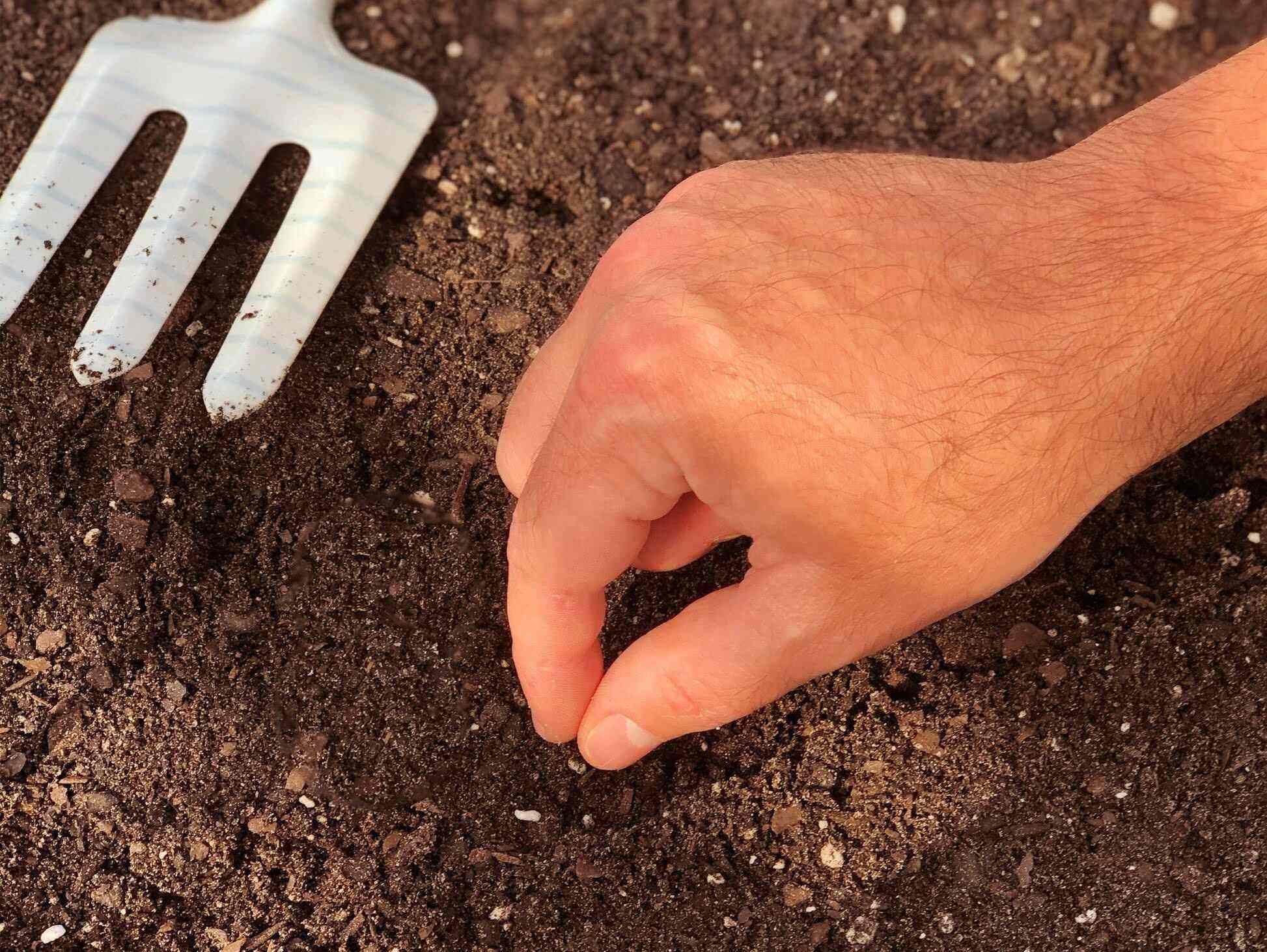
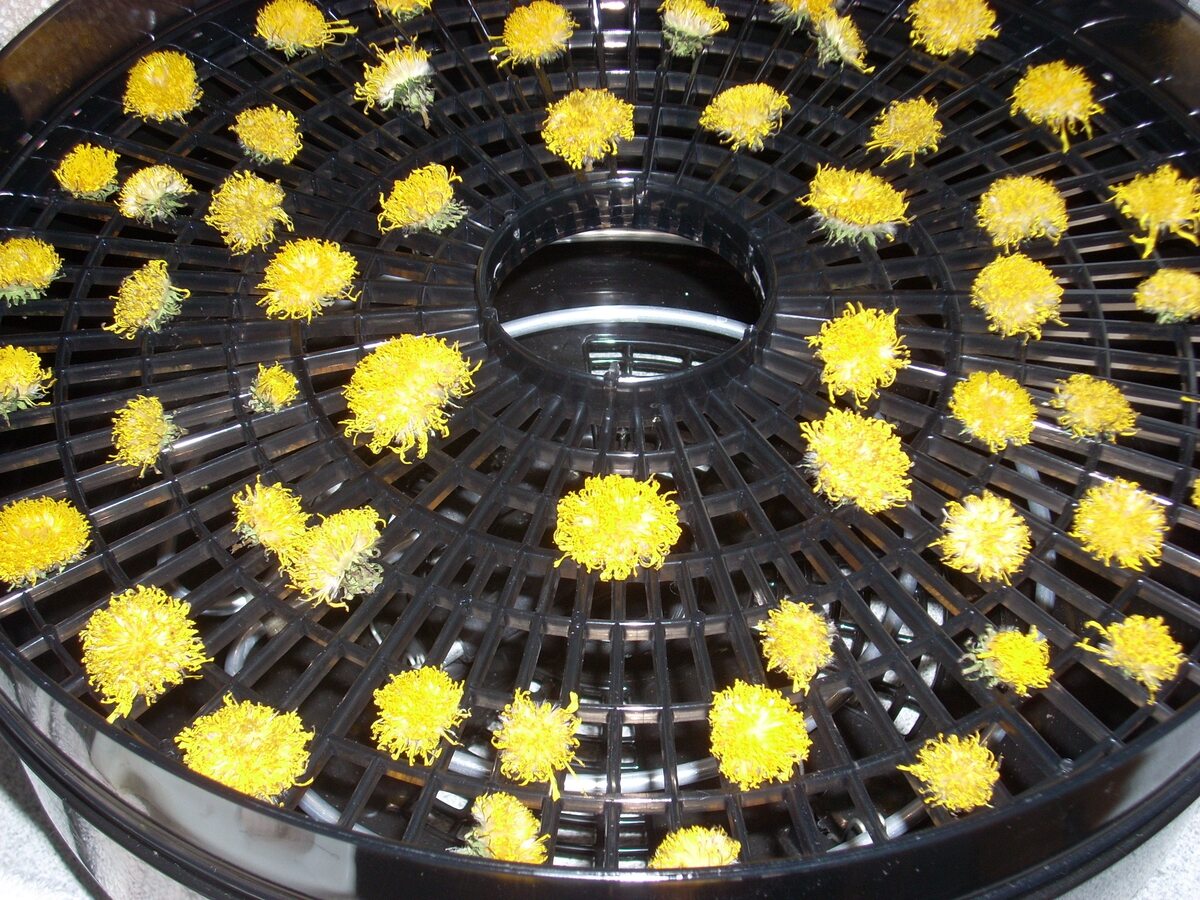

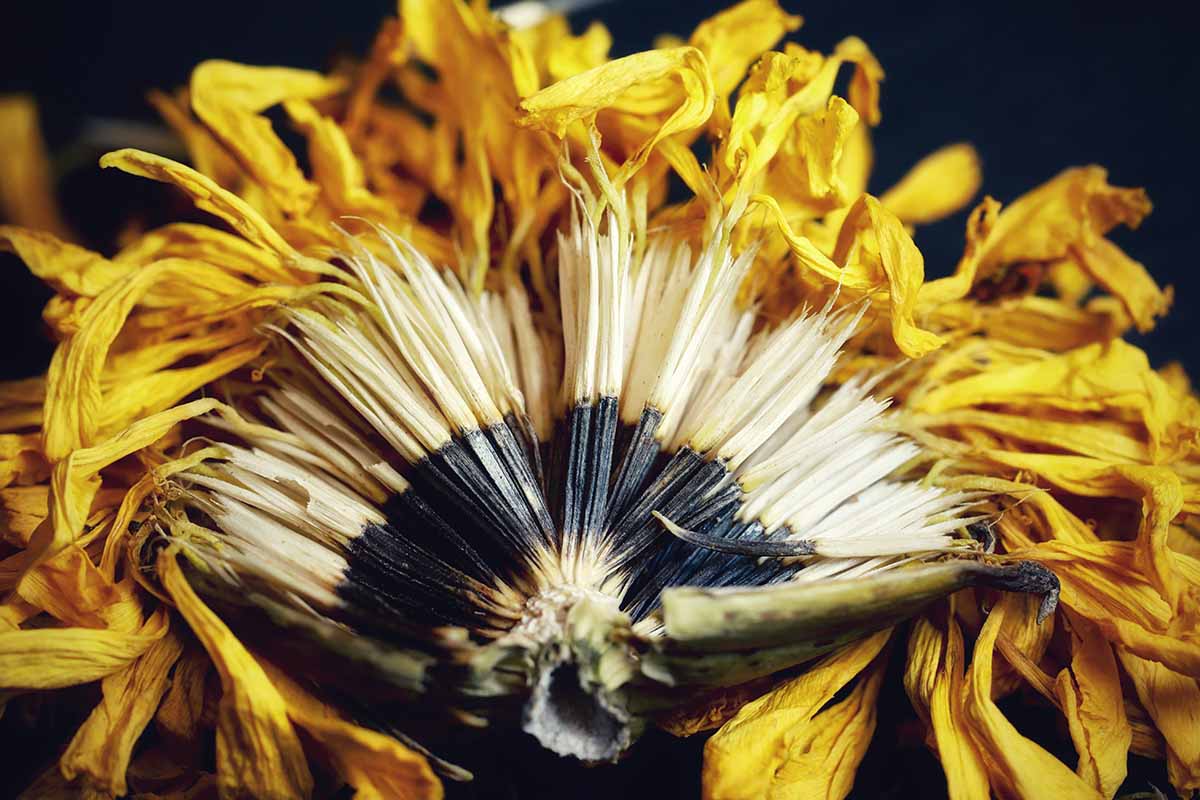
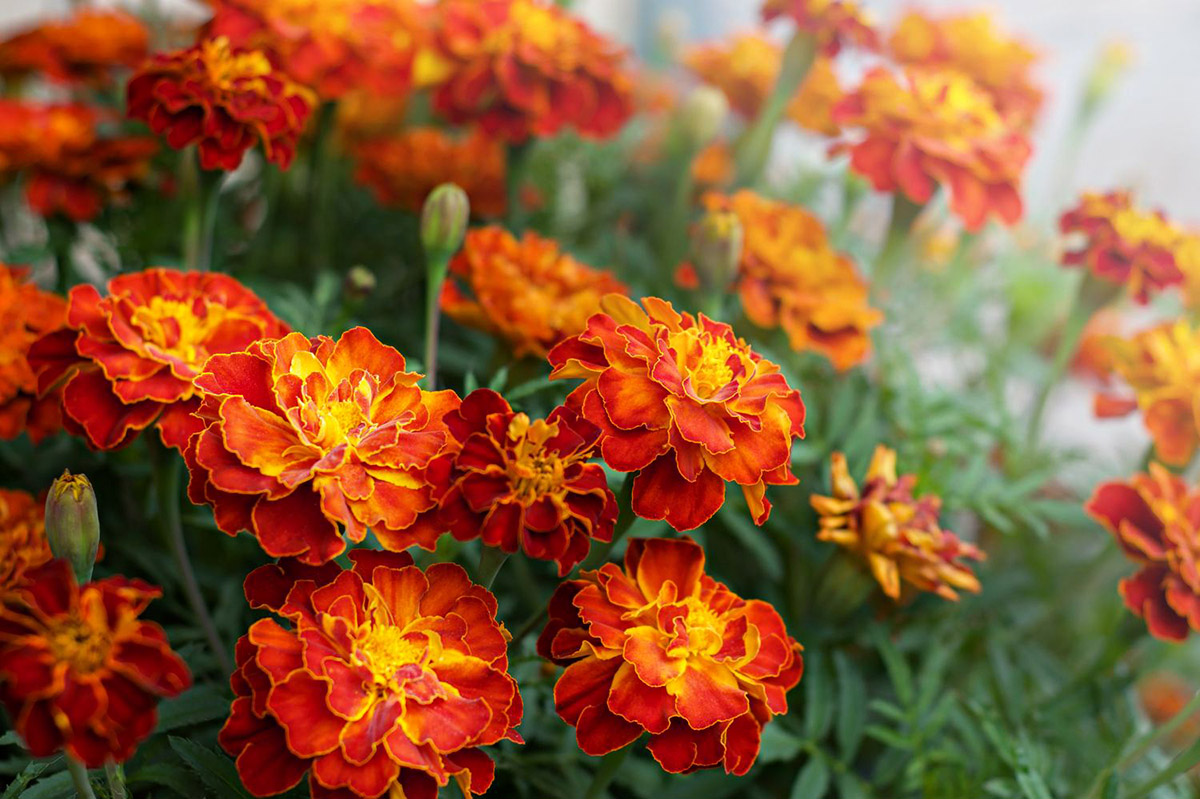
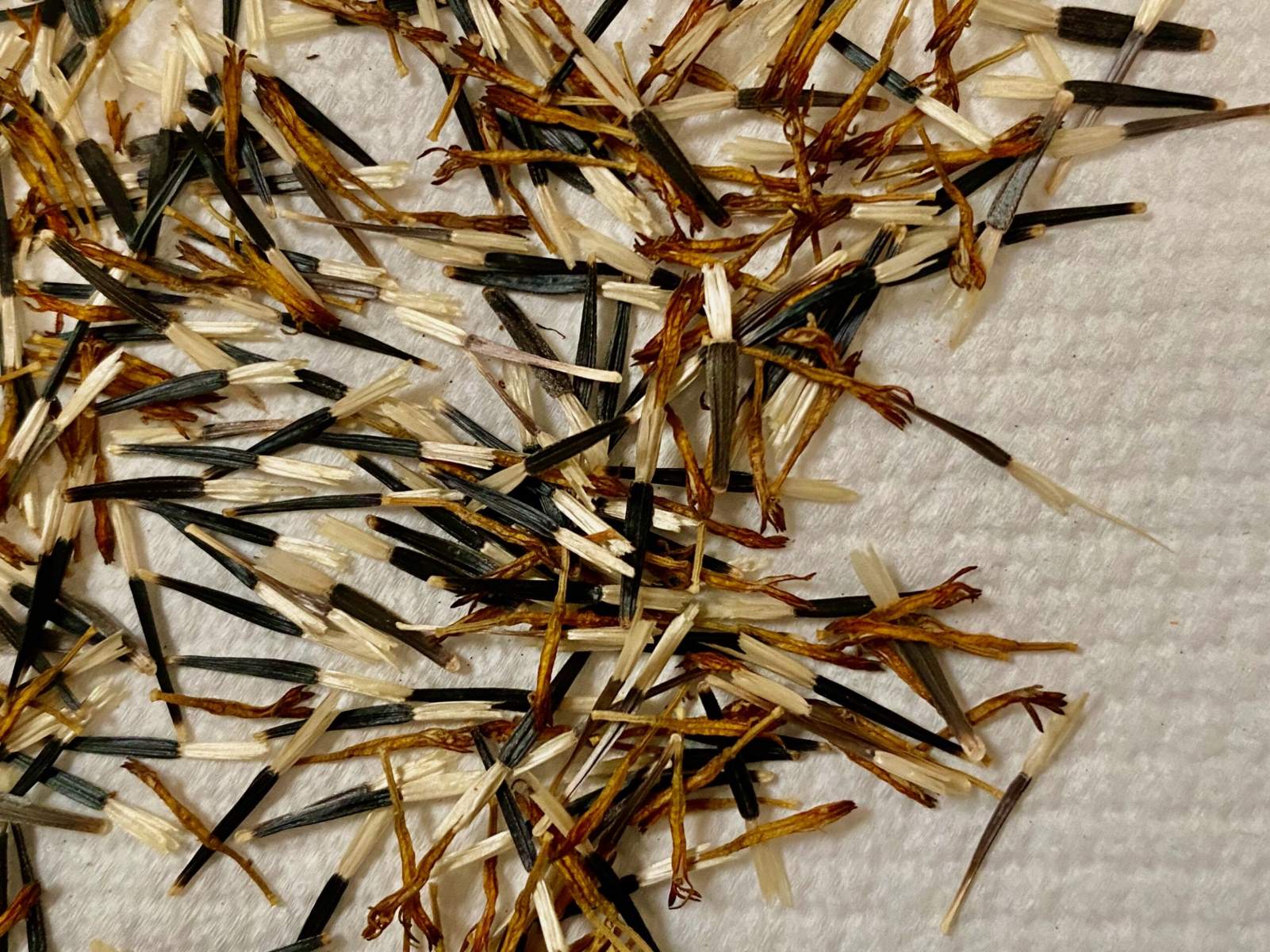
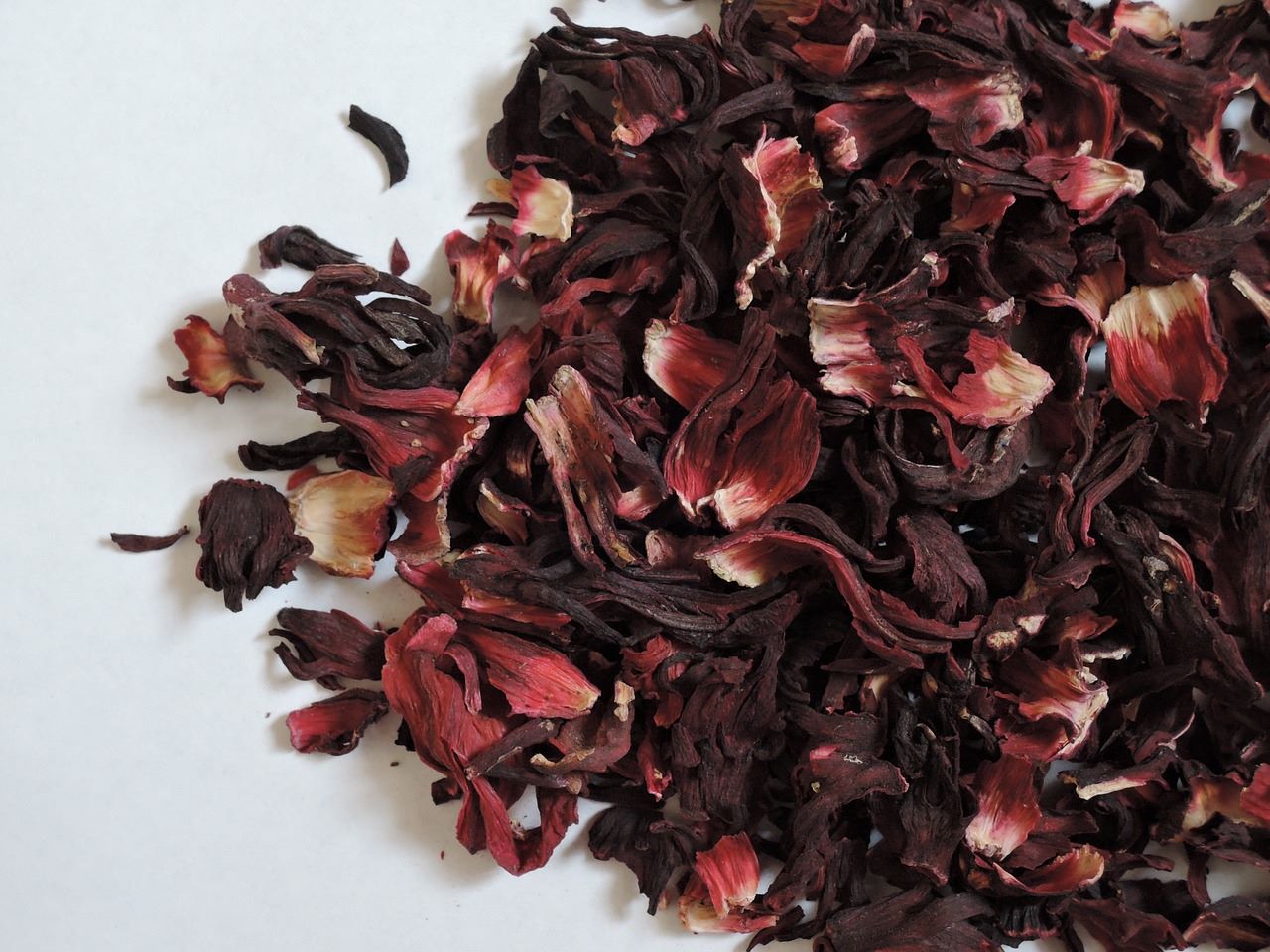
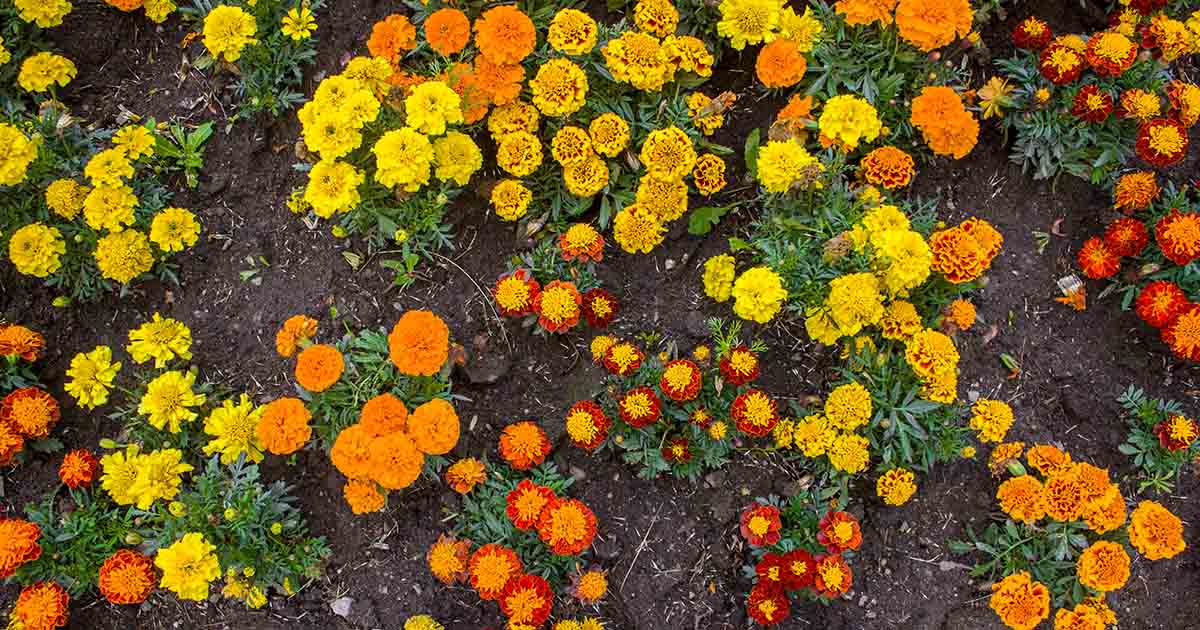
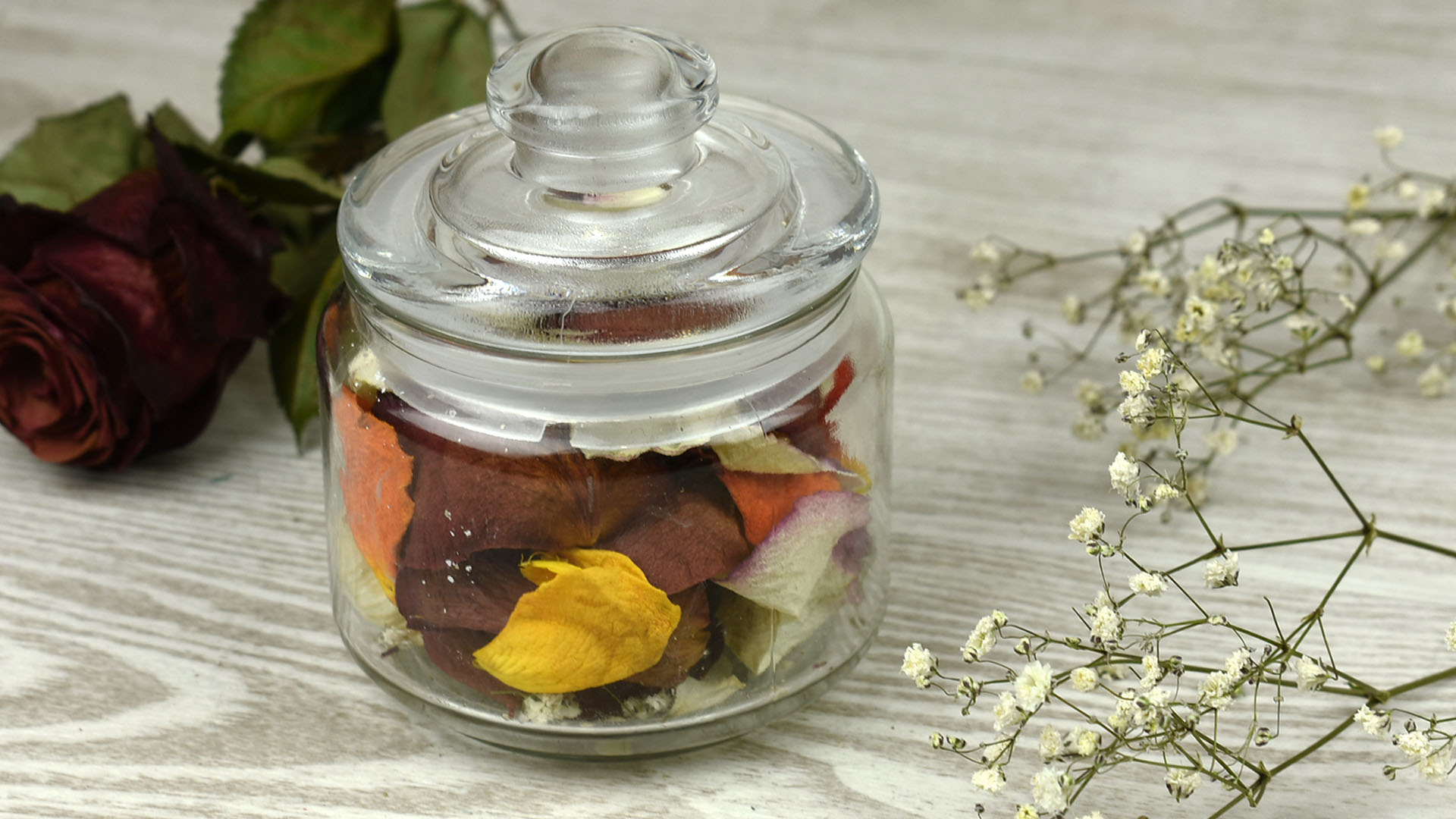
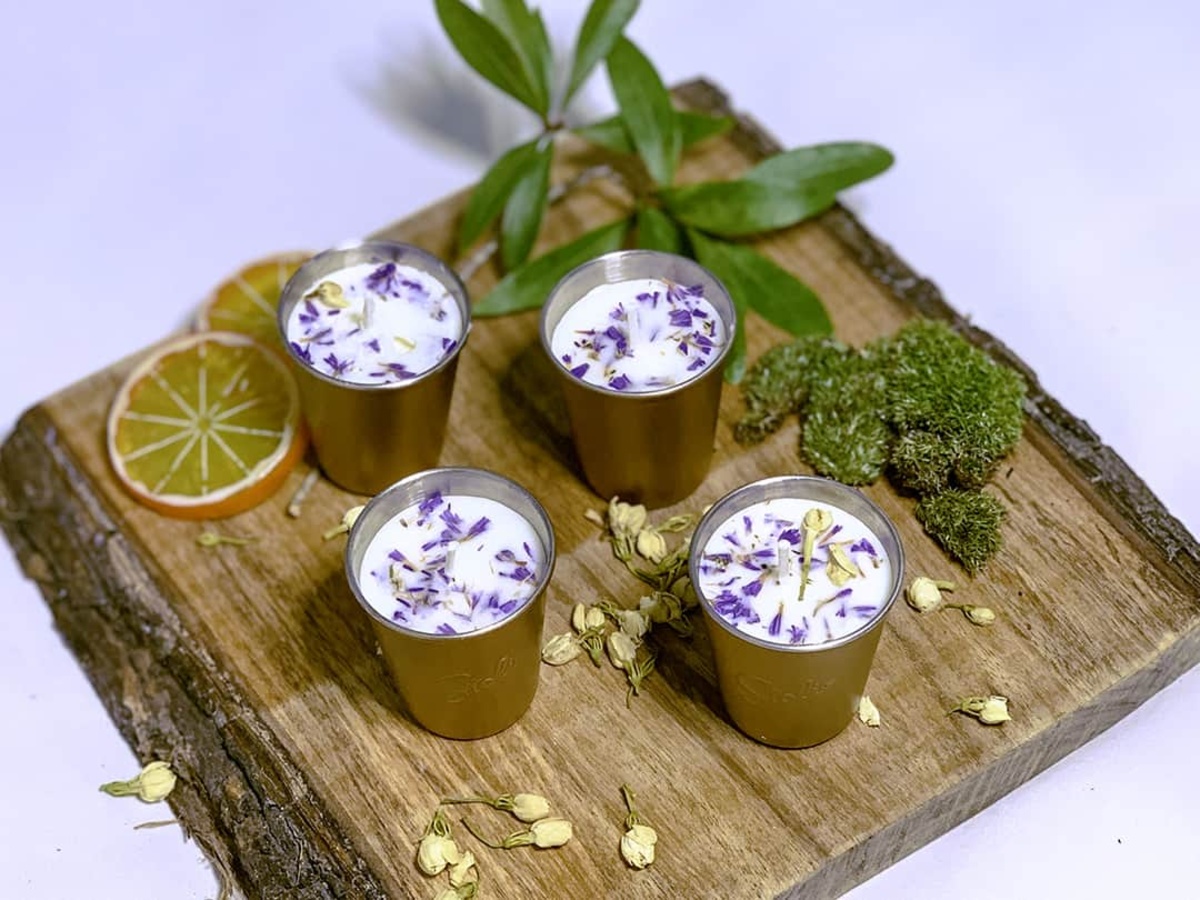
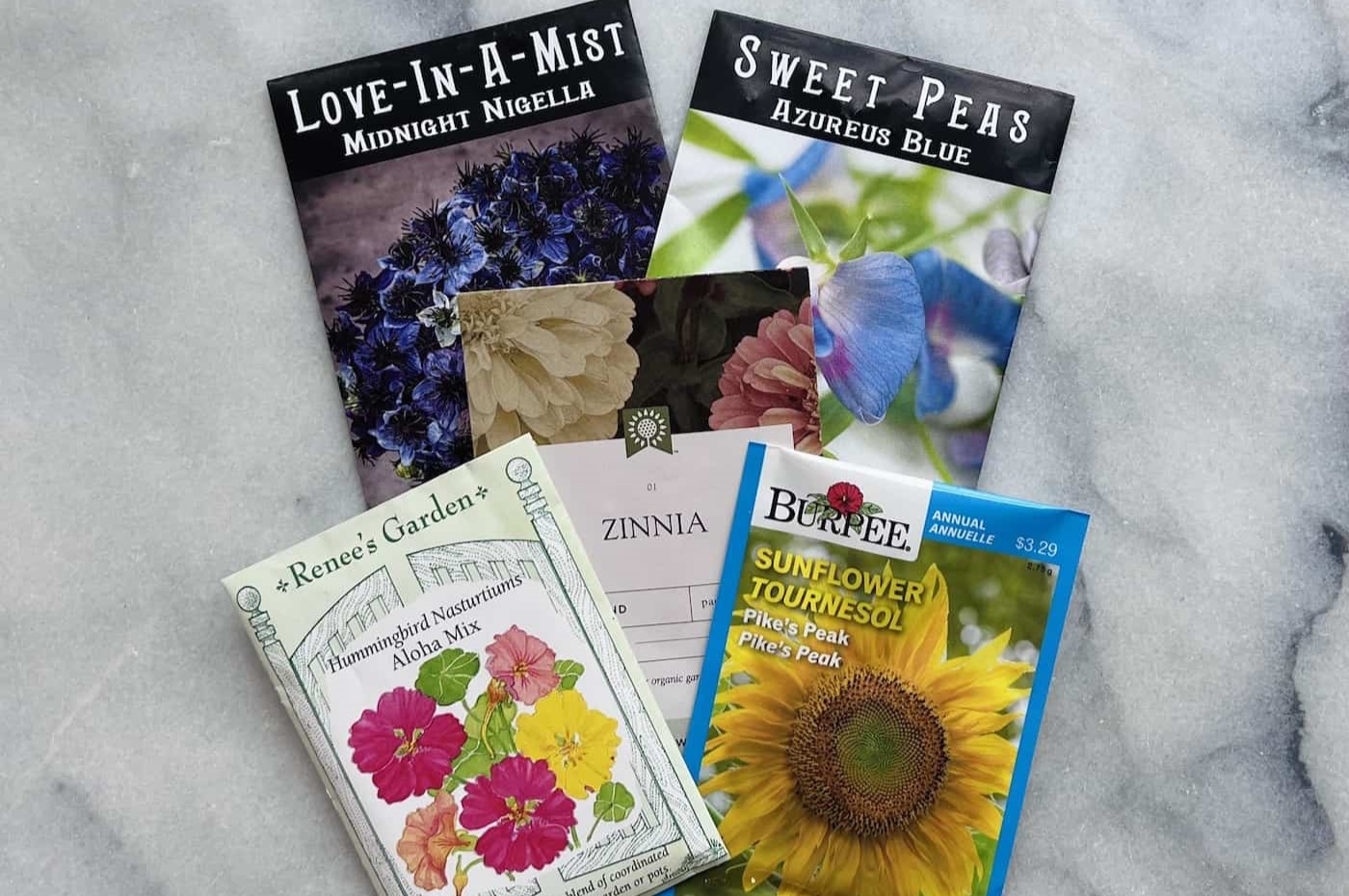

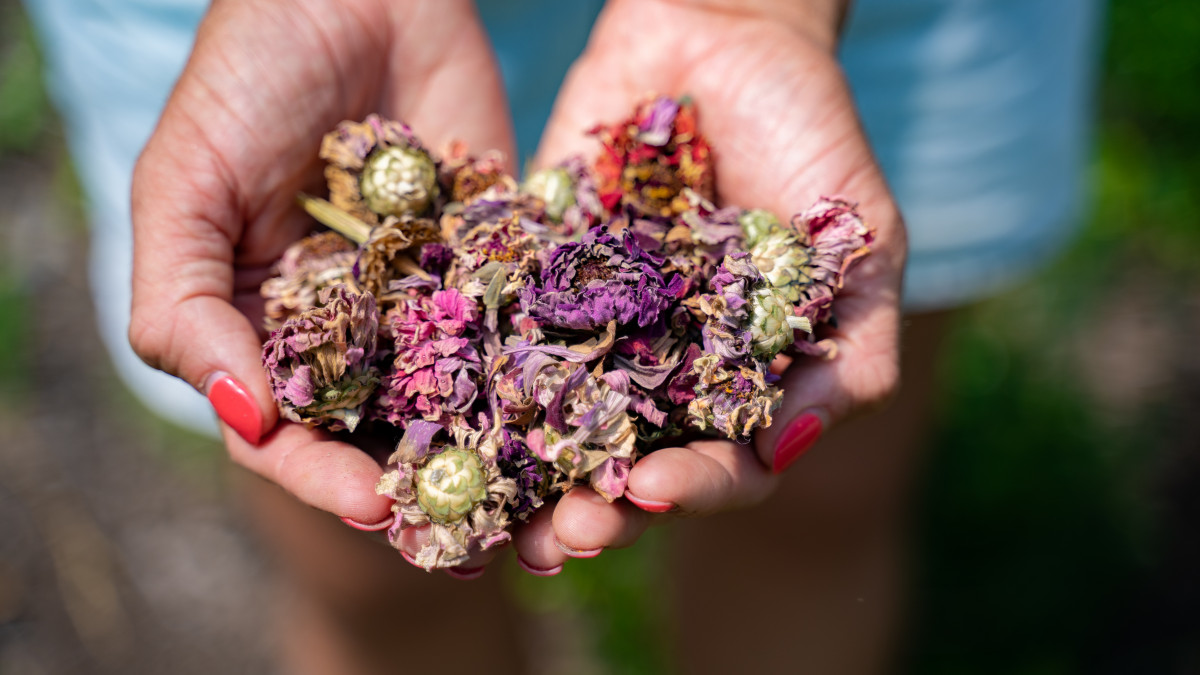
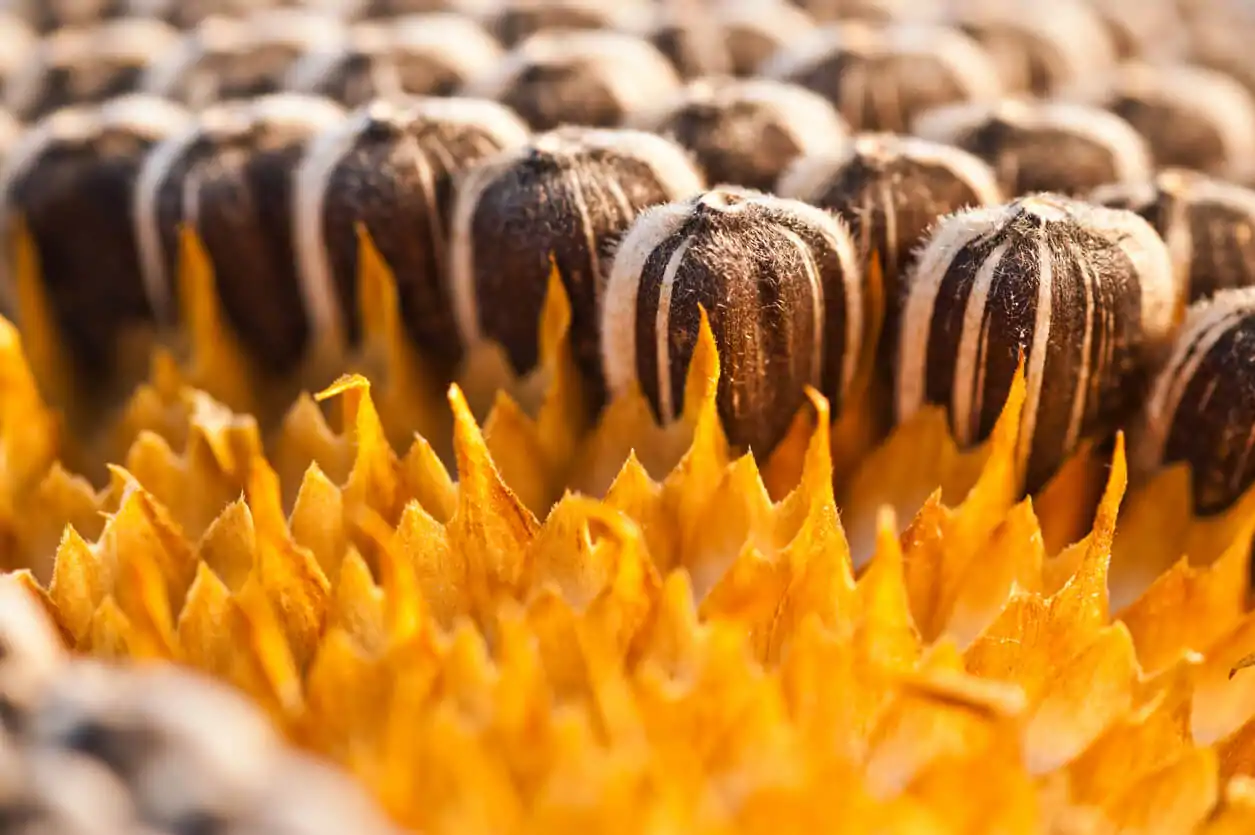

0 thoughts on “How To Dry Marigold Flowers For Seeds”